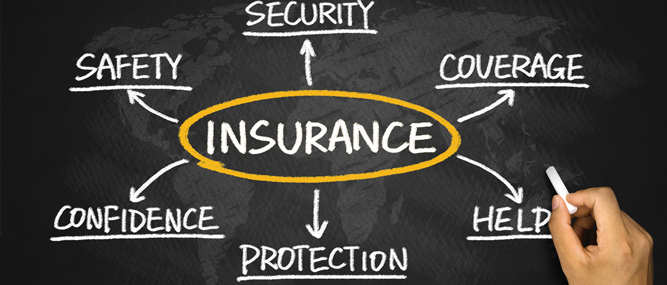With insurance rates on the rise, Pallet Enterprise recently reached out to two highly experienced insurance professionals in the wood pallet business space. Paul Quandt, CFPS, CLCS, commercial insurance advisor, and Brian King, vice president, both of Hub International. They offered these tips toward making your company more attractive to insurance carriers as well as other useful insights.
1. Use a broker who knows the industry and can tell your story.
The forest products sector has some unique challenges. Paul Quandt advised that companies use an agent who truly understands the wood product sector, and who can best tell your story to insurance carriers. He described the current market for insurance as a “hard” one, with carriers recently having vacated the wood products space. He believes there are only three or four insurance carriers that cover sprinklered facilities, and only two that cover non-sprinklered operations. In other words, there are not many carriers bidding against each other for your account. When your agent can demonstrate that your operation is proactive and well-run, carriers are more likely to be hungry for your account rather than pass on it.
2. Use a brokerage with a dedicated workers comp claims staff.
“Workers compensation is likely one of the largest insurance expenses in the lumber and pallet industries,” remarked King, noting hazards such as nails, blades and manual lifting. “Make sure you are working with a brokerage that has a dedicated staff committed to mitigating and closing workers compensation claims.
“A broker and his or her assistant cannot realistically follow up on workers compensation claims,” he added, stressing the importance of dealing with a brokerage that has a workers’ compensation claims specialist assigned to customer accounts.
3. Invest in safety.
It makes sense to invest more than the minimum when it comes to safety, and the payback is often positive. “Spend a little more to make sure your sprinklers are top-notch,” Quandt said. Also, he advised bringing in a third party to perform periodic thermographic scanning of equipment, and if a hot spot is identified, to use that information to help inform your preventive maintenance program. If a machine is showing signs of heating up, it will require extra attention to prevent an unscheduled breakdown. Additionally, having thermographic scans available at the time of insurance application can show that your company is being proactive. Steps like this can help you win a better rate.
4. Ensure that documentation is in place.
Quandt stressed the importance of having excellent documentation in place for critical procedures such as fire watch and post-accident procedures. Employees need to be trained on key safety and fire procedures, and these policies need to be consistently followed.
5. Have an effective plant sanitation program.
Make sure you have a regular cleaning schedule and an excellent dust control program. Tidiness improves safety and helps you make a good impression when insurance representatives come for a visit. “If a carrier walks through your operation and sees a lot of dust, they might not write you, or if they do, they might add 10-20% to your rate,” Quandt advised.
“As a part of your monthly or bi-weekly inspections,” King added, “make sure all electrical connections are secure and the plastic or rubber coverings are not pulled away or distressed and exposing the wires beneath.” When there is dry sawdust in the air, an electrical spark can lead to a dangerous outcome.
6. Consider equipment breakdown coverage to avoid repair costs and lost revenue.
Equipment breakdown, along with the associated extra expense and loss of business income can be devastating to a business. Should equipment break down under a basic property policy, there is no coverage. “With a well-written property policy,” King explained, “Not only will your equipment be repaired or replaced, but the lost revenue is returned to you.”
7. Think just in time inventory management.
Try to avoid building excessive inventory that increases risk. Carriers prefer to see operations that run leaner – ones with less material on hand and a faster inventory turn.
8. Pay attention to spacing.
Insurance carriers expect indoor pallet storage of no more than 12’ high, and no closer than 18" to the roofline or sprinkler system, Quandt warned. They are looking for a 50’ clear space between buildings as well as between buildings and pallets.
9. Plan for higher renewal rates.
While 35 cents might have been a good rate for a sprinklered facility five or six years ago, the best in class rate for a sprinklered operation is now more like 65 cents and 85 cents for a non-sprinklered plant, Quandt reported. The story doesn’t get any better for auto coverage, King adds. Because cars are being made with more safety features than ever before, both people and vehicles are more likely to survive a crash. This trend has led to much larger claims over the last 5 to 10 years. Carriers were initially slow to raise rates in response, and higher rates currently in effect result partially from the effort to catch up.
Editor’s Note: Paul Quandt, CFPS, CLCS, commercial insurance advisor, Hub International Northwest is based in Lake Oswego, Oregon. He can be reached at 971-224-1914. Brian King, Vice President, Hub International, is based in Sacramento, California. He can be reached at 916-480-4109.




